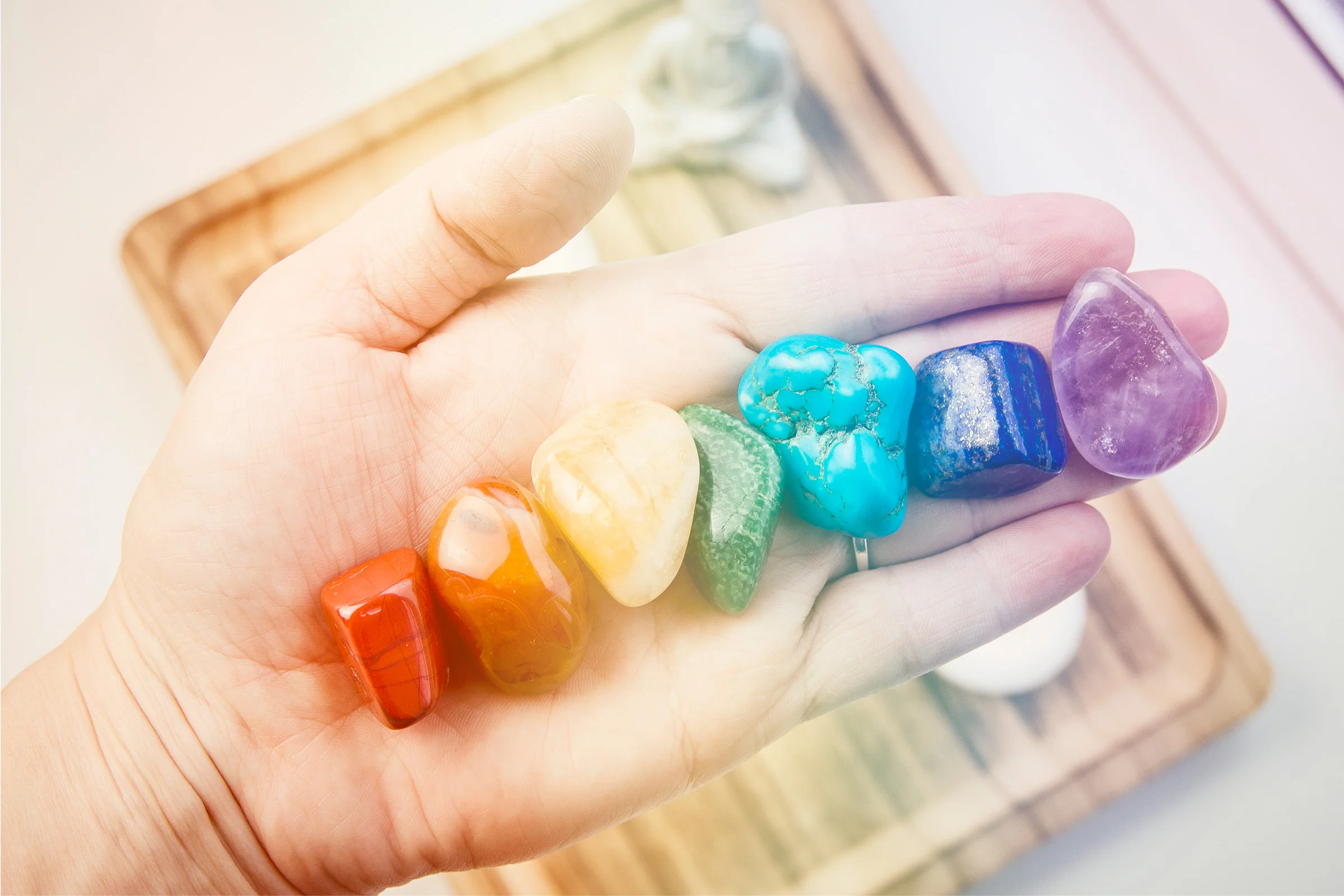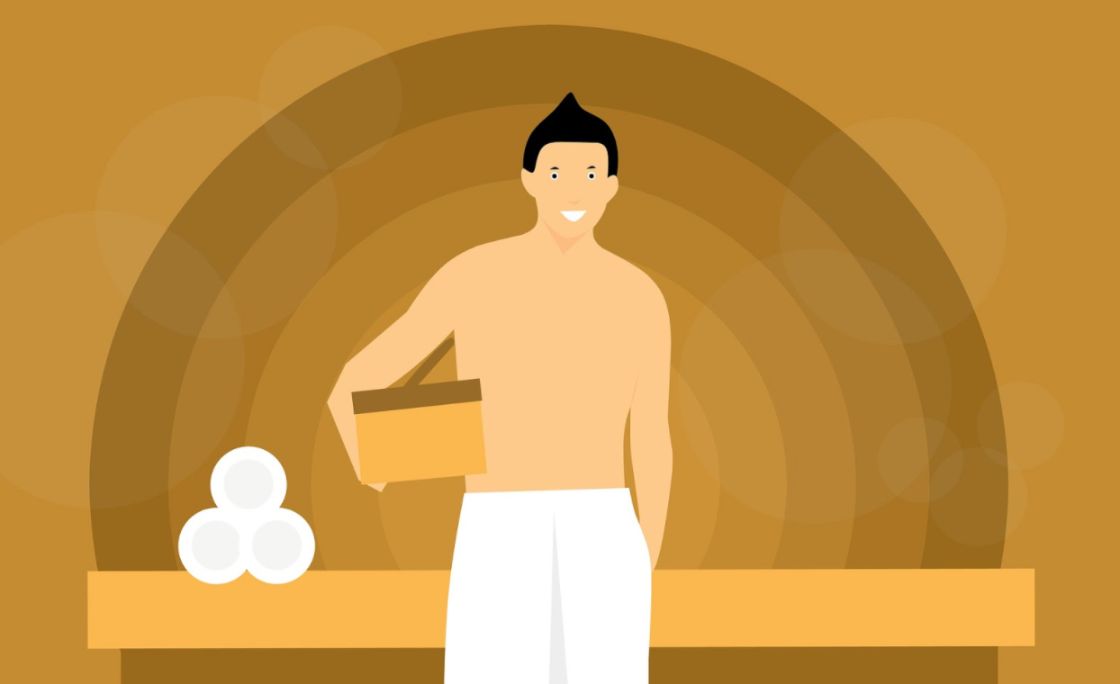Bruises occur when soft tissue is impacted hard enough to damage the small blood vessels located beneath your skin.
Blood pools just under the surface of the skin causing a black and blue mark.
Bruising is seldom a serious medical issue but they are never aesthetically pleasing.
The following home remedies are reported to dramatically decrease the healing time of those unsightly marks.
So, if a bruise is keeping you from looking your best for a hot date or family photo this article was written for you.
Read on and discover how to heal a bruise.
The medical term for a bruise is a contusion.
It sounds rather dramatic and serious.
You probably have one or more contusions on your body at this very minute.
A hematoma is another type of bruise.
A hematoma may present after a trauma or it may appear suddenly for no known reason.
A hematoma differs from a contusion because it is a mass of coagulated, or clotted, blood outside of a blood vessel.
They can develop in various parts of the body including the vital organs.
You may have heard of a subdural hematoma.
This is a hematoma that develops between brain tissue and the lining of the brain.
Most hematomas heal without medical treatment but some can require surgery to remove the clots.
It is impossible to prevent getting bruised.
Life is unpredictable and mishaps happen.
It is possible to take precautions to decrease your chance of injury.
Wear protective gear whenever you are participating in sports.
This includes items such as helmets or shin and elbow guards.
Arrange your home with safety in mind.
This is especially important for seniors and individuals with mobility issues.
Make sure all walkways are free of clutter and obstacles. Remove rugs.
If you insist on using rugs make sure they have a skid-resistant backing and lay flat on the floor.
Use nightlights or carry a flashlight to illuminate walkways during nighttime trips to the bathroom.
Some people bruise much easier than others.
This is due to a variety of factors. The elderly are more prone to bruise.
Skin becomes thinner with age.
This brings the blood vessels closer to the skin surface and becomes easier to damage.
There may be significant bruising on a senior without any evidence of injury.
This benign condition is known as actinic purpura.
Blood vessels are weakened from years of sun exposure causing them to burst without external cause.
Vitamin deficiencies and certain medications, such as aspirin or blood thinners, may contribute to excessive bruising.
Discuss your concerns with a physician before starting any vitamin regimen on your own as they may negatively interact with other prescription medications.
In most cases, bruises are a minor inconvenience.
They may be tender for a few days and leave an unsightly reminder of your own clumsiness but are not cause for worry.
However, if you notice any type of massive bruising on yourself or a loved one it is prudent to seek medical care.
It is important to rule out bone fractures or other injuries after a major trauma.
Excessive bruising in the abdominal area may be a symptom of internal bleeding and should be treated as soon as possible.
Repeated patterned bruising may be a signal of abuse.
A person may try to hide the abuse by making odd excuses for bruises.
They may complain of being clumsy even though they have never demonstrated clumsiness.
If you suspect your loved one, or someone you know, is a victim of abuse it is crucial to seek medical attention immediately.
Never confront a suspected abuser.
Most unexplained bruises are benign.
You simply forgot that you bumped your elbow.
Even so, the episodes should not be totally ignored.
It is important to recognize potential symptoms.
Seniors who experience repeated unexplained bruising may be demonstrating symptoms of dementia or other cognitive defect.
Never hesitate to seek medical advice.
Bruises that do not heal after several weeks should be checked.
If you are concerned about a particular bruise or excessive bruising make an appointment with your doctor.
Bruising can be a symptom of other medical conditions.
Many of the following home remedies have been passed down from generation to generation.
Some people may describe them as old wives tales but in many instances they are based on science.
It is important to note the remedies are not listed in any particular order.
They are not ranked by effectiveness.
Ice or Heat?
What to do? Should you apply cold or heat to an injury?
The great ice versus heat debate.
Which is the best bruise treatment?
In some cases the correct answer may be both.
The general rule of thumb is to apply ice first and as soon as possible after an injury.
Cold helps reduce swelling and inflammation in the injured area.
Bags of frozen vegetables make great ice packs as they conform to the body shape.
It is not unusual to feel some pain and tenderness in the bruised area.
Warmth is recommended to soothe sore and aching muscles.
A heating pad or hot water bottle may help to relieve some of the lingering aches caused by your bruise. Use caution. Warmth is the key. Do not burn yourself.
It is often recommended to alternate cold and heat treatments.
After 24 hours it is usually safe to follow your bodies lead. Use what feels best.
Chocolate
The medicinal use of cocoa can be dated as far back as 3000 years ago by the Mayan and Aztec civilizations.
Modern research seems to confirm our ancestor’s discovery.
Cocoa contains several bio-active compounds that are beneficial to the skin health.
Don’t rush to eat your favorite candy bar. This remedy is topical.
The chocolate should be as pure as possible.
Refinement of cocoa breaks down the bio-active compounds and reduces their effectiveness.
Melt the chocolate. Carefully test the temperature.
It should be soft enough to spread but not hot enough to cause burns.
Cover the bruise with chocolate and place a bandage over the area.
The bioactive compounds in the hot chocolate pack help to compress the blood vessels and restrict the blood flow.
That is how to treat a bruise with chocolate.
Onion
The healing powers of the onion have been touted for generations by countless cultures.
Onion juice has analgesic and anti-inflammatory properties.
There are two basic methods to use onions as a treatment for your bruise.
The first is very simple and requires very little effort.
Lay onion slices over the affected area and hold them in place with a bandage.
The second treatment requires more preparation and is much messier.
Many people prefer this method as it generates more onion juice.
- Dice an onion.
- Place the onion in a bowl.
- Add two to three tablespoons of salt.
- Mix well.
- Allow the mixture to sit for several minutes.
- The salt helps extract the powerful onion juice.
- Apply the poultice over the bruise and cover with a bandage.
- You may want to add a layer of plastic over the area to contain any seepage.
Castor oil
Castor oil does not evoke pleasant memories for people of past generations.
The healing powers of castor oil are legendary.
This is ironic since the castor seed is also the prime ingredient for the deadly poison ricin.
No need to worry.
This treatment is completely safe.
Gently rub the oil over the bruise.
Cover with a cloth or plastic bandage.
Cayenne Pepper and Vaseline
This poultice utilizes the powerful ingredient capsaicin to promote healing.
Capsaicin puts the hot into spicy peppers.
Research has proven it to be a powerful analgesic.
It is often used in topical creams.
You can create your own topical ointment by mixing one-part cayenne pepper to five-parts melted Vaseline.
Spread the mixture over the bruised area to alleviate pain and promote healing.
Never apply this to an open wound.
Mullein Flowers and Olive Oil
Mullein oils are used by many herbalists.
The mullein flower is plentiful and grows all over the world.
It is easily identified by its distinctive tall stalks, light green fuzzy leaves and bright yellow flowers.
The mullein flower has many analgesic and healing properties.
It is frequently used for bruises or other skin irritations.
A mullein flower infusion is easy to make yourself.
Place the flowers in a jar and cover with olive oil.
Heat or set in a sunny location.
Use a moistened cotton ball to apply the oil several times a day.
This is an excellent home remedy to keep in supply.
You will appreciate it the next time you knock your shin on the bedpost.
Coffee
Caffeine is the crucial element in this home remedy.
Adenosine is a type of molecule that exists naturally in the cells of your body.
These molecules are responsible for dilating blood vessels.
Caffeine is classified as an adenosine antagonist causing the blood vessels to constrict.
This makes coffee an effective tool to treat bruises.
Mix freshly ground coffee with water to form a paste. Spread on the bruised area several times a day.
Eggs
Remove the shell from a freshly boiled egg.
Gently roll the warm egg over the surface of the bruised area.
This will relieve discomfort and promote healing.
It is unknown if the properties of the egg play a vital role in the treatment.
Warm massage may be the key components to success but why take the chance?
Witch Hazel
The witch hazel plant has many medicinal properties.
It is a natural astringent and is used to treat a number of skin conditions such as hemorrhoids and acne.
Witch hazel is a natural choice to treat bruises due to its ability to constrict blood vessels.
Simply apply to the bruised area several times daily until the bruise disappears.
Vinegar
Vinegar is one of the most underrated products of all time.
People in the know realize this versatile liquid can be used for cooking, cleaning, first-aid and so much more.
One of vinegar’s many attributes is its ability to increase blood flow near the skin surface.
This may sound at odds with healing a bruise but the increased blood flow actually dissipates the pooled blood in the injured area.
Mix one-fourth cup of vinegar with two cups of warm water.
Soak a cloth in the mixture.
Rub the vinegar mixture on the bruise and the surrounding area.
Leave the wet cloth on the bruise for a minimum of 20 minutes per treatment.
Butter or Margarine
Some people swear by the use of butter on bruises.
It is reportedly most effective for healing black eyes and other head contusions.
This may be partly due to the fact that the skin tissue is thinner on the skull.
Simply rub butter on the bruise and wait for the results.
Margarine can be substituted in a pinch but butter is the preferred treatment.
Bilberry
Bilberry is rich with the antioxidant, anthocyanoside.
This strong antioxidant strengthens blood vessel walls and balances the level of collagen in the skin.
Collagen is a protein that is found in many parts of your body.
It is responsible for strengthening and maintaining the elasticity of your skin.
These properties of the bilberry help promote faster healing.
The product may be consumed in a liquid extract or solid pill form.
Pineapple
The enzyme bromelain is found in the stem and juice of pineapples.
Enzymes are a catalyst compound which means they trigger or speed up different functions of the body.
Research shows bromelain effectively reduces inflammation and swelling of the skin.
Unfortunately, it is difficult to consume enough pineapple to achieve a therapeutic level of bromelain.
It is available as a nutritional supplement and a topical lotion.
Grape Seed
It is much easier to purchase grape seed extract than spend hours trying to produce it yourself.
Grape seed is loaded with antioxidants and oligomeric proanthocyanidin complexes.
These big words mean grape seed extract is proving to have a number of health benefits.
Studies have shown that grape seed extract has the potential to speed the healing of wounds.
The extract is applied topically to the bruise.
Lemon
Lemons are an excellent source of vitamin C which promotes healing and thickens the blood vessels.
Use this to your advantage after an impact injury.
There are two basic methods to use lemons as a bruise treatment.
The first is to simply place lemon slices over the injury or you can use the juice.
Add a tablespoon of salt to the juice of one lemon.
Soak cotton or cloth in the mixture.
Place over the bruise.
Keep the lemon in place for a minimum of 20 minutes.
Do not use lemon or salt near any open wounds.
The result can be quite painful.
Almond Leaves
There are claims that applying an almond leave poultice immediately after an injury may prevent a bruise from forming.
Since most people do not have almond leaves readily available the claim is difficult to prove.
The treatment is also effective for healing existing bruises.
Add a small amount of water to mashed almond leaves to create a thick paste.
Apply to bruise and cover with a bandage.
Compression Bandage
A compression, commonly known as an Ace bandage may be used to reduce swelling in the bruised area.
This treatment may keep the bruise from spreading.
The wrap should be snug but not too tight.
If you notice any numbness, tingling or increased pain loosen the bandage immediately.
Vitamin C
Eating food rich in vitamin C is a proactive approach to good health and may reduce healing time of bruises.
Vitamin C has natural anti-inflammatory properties that promote healing.
Do yourself a favor and add citrus fruits, peppers, broccoli and sweet potatoes to your grocery list.
Topical and nutritional supplements are also available.
Always report nutritional supplements to your physician.
Sugar and Honey
This remedy is especially indicated if there is a corresponding skin tear or wound near the bruised area.
It is common sense to keep all open wounds clean to avoid infection.
Sugar and honey have antibacterial properties that will help keep harmful bacteria out of your wound.
Studies have shown that honey promotes healing and decreases inflammation.
It is a staple item for many types of home remedies.
- Melt sugar in a saucepan to create a hot sugar syrup or heat some honey.
- Syrup should be warm but not scalding.
- Do not place extremely hot syrup on your skin. S
- pread the syrup over the bruised area.
- Cover with a cloth or bandage.
- Allow the syrup to dry.
- You will feel a slight tightening of your skin as the process works its magic.
St. John’s Wort
Unlike many herbal remedies, most people have heard about the healing properties of St. John’s Wort.
This flower has been used for centuries to treat a wide variety of psychological and physical maladies.
The herb has natural anti-inflammatory and analgesic properties.
Studies have shown it promotes healing in dermatological issues such as sunburns, abrasions and bruises.
This makes it an attractive choice when deciding how to treat a bruise.
Use St. John’s Wort topically for healing your bruise.
It is readily available in lotion or oil form at health-food stores or on the Internet.
Discuss any long-term use of St. John’s Wort with your physician to avoid interactions with other medications.
Raw Potato
Potatoes are a versatile vegetable.
You probably consume some type of potato daily.
The healing powers of the lowly potato derive from the antiseptic properties of alkaline.
How to get rid of bruises with a potato? It is quite simple.
Place grated raw potato on the bruise and cover with a bandage.
Eucalyptus and Rosemary Oil
Many people have recently discovered the amazing properties of essential oils.
The healing potential of herbal oils has not been kept secret.
Essential oils have been used for centuries for healing and soothing pain.
Eucalyptus oil is a natural analgesic and is frequently used to ease muscular pain.
Rosemary oil is used to increase blood flow to muscle tissue to promote healing.
Combined, they are an effective way to treat bruising.
Add a few drops of eucalyptus and rosemary oil to about one cup of cold water.
Mix well.
Saturate an unbleached muslin cloth with the mixture and apply to the bruise.
Repeat as needed until the bruise disappears.
How to Get Rid of Bruises With Vitamin K
If you bruise easily consider adding more vitamin K to your diet.
Mother always told you to eat your vegetables.
She was absolutely correct.
Adding vitamin K rich leafy green vegetables such as broccoli and Brussels sprouts to your diet is a proactive approach to stop bruises before they happen.
Vitamin K is a natural resource that treats blood clotting and tissue damage in your body.
If you have a vitamin K deficiency your physician may suggest dietary changes or supplements.
Vitamin K is also available as an ointment and may be applied topically on your bruise.
A vitamin K poultice is easy to make.
Add a small amount of olive oil to crushed parsley or alfalfa to make a thick paste.
Spread over bruise and cover with a cloth or bandage.
Aloe Vera
Aloe Vera is usually associated with the treatment of burns.
It is also very effective for treating bruises.
The natural medicinal properties of the aloe plant will speed the healing of the blood vessels while the gel creates a barrier to keep bacteria out of the affected area.
Comfrey Poultice
Comfrey is also known by the traditional name of bruisewort.
This would seem to be a good indicator of its healing potential.
Comfrey leaves have been used for medicinal purposes since the Medieval Period.
This herb contains allantoin which is a substance that promotes healing of bones, cartilage and skin tissue.
The comfrey root has many anti-inflammatory properties that are frequently used to reduce swelling.
Despite all of its healing potential. It is critical to know the importance of using comfrey properly.
The comfrey plant contains pyrrolizidine alkaloids.
These alkaloids have been shown to cause liver disease and occasional death when consumed over a period of time.
Comfrey should only be used externally.
Open wounds should be avoided.
Creating a comfrey poultice is a fairly simple procedure.
Crush about two tablespoons of comfrey leaves and soak in very hot water.
Remove leaves and tie inside of cheesecloth.
Place poultice on the wound. Unfortunately, comfrey can be difficult to find.
It may be easier to purchase a comfrey topical salve.
Cabbage
Cabbage has been used as a healing agent for centuries.
Cabbage is rich in valuable vitamins and nutrients and is routinely used to treat sports injuries and arthritic pain.
Use a cabbage wrap to alleviate the pain and promote healing of bruises.
Peel the outer leaves from the cabbage. Wash and dry them thoroughly.
Roll the leaves with a rolling pin or another object to release its juices.
Wrap the cabbage in foil.
Place in a warm oven to gently heat the leaves.
They should not be hot.
Cover the bruised area with the cabbage leaves and hold in place with a loose bandage.
Tamarind Paste and Tumeric Powder
Tamarind is a type of tree native to Africa.
The trees are plentiful in many tropical locations.
The tamarind bear pods that are filled with an abundance of seeds and a very sticky pulp.
There is some debate as to how tamarind should be classified.
It is sometimes called a spice, a condiment or a bean.
Whatever it is, it is packed full of nutrients.
Combine the antibacterial properties of tamarind with the analgesic properties of turmeric to create an effective treatment for bruises.
You can make an easy tamarind paste at home.
Add one cup of tamarind pulp to two cups of boiling water.
Push through a sieve to create a paste.
Drop a dollop of the paste on a piece of cloth.
Add a pinch or two of turmeric and place the mixture on your bruise.
Epsom Salt
The term Epsom salt may evoke a picture of an elderly person soaking their feet in a tub at the end of a busy day.
This old standby is gaining renewed attention has a pain reliever and a beauty product.
Epsom salt is made of the natural elements magnesium and sulfate.
These two elements have the natural ability to soothe aching muscles.
Add two cups of Epsom salts under running water as you fill your bathtub.
Soak in the water for a minimum of 15 minutes.
Treat smaller areas by mixing two tablespoons of Epsom salts with one cup of water.
Soak a cloth in the mixture and apply to the bruise.
Coconut Oil
Coconut oil has been touted for its nutritional value for years.
It is low in cholesterol and diabetics frequently use it to balance out blood sugars.
The benefits of coconut oil have outgrown the kitchen.
Virgin coconut oil is frequently used as a beauty aid, to promote healthy skin and fade age spots.
It is equally as effective as a healing agent. Simply rub the oil on your bruise.
Continue treatment until the bruise disappears.
Arnica
Arnica is a herb native to Siberia and some parts of Europe.
It is commonly taken orally for use as an analgesic for toothaches and sore throat.
Its active ingredients act as an anti-inflammatory, analgesic and antibiotic.
Apply topically to reduce swelling and pain from a bruise.
Arnica can also be used with chamomile and yarrow to produce an herbal transfusion.
Chamomile and yarrow are both widely used for their healing properties.
Put equal parts of each herb in a glass jar.
Cover with olive oil.
Leave uncovered in direct sunlight for several days.
Rub the infusion into the bruised area.
Toothpaste
Another use for a common household item.
You must use the paste as the gel will not be effective.
Rub toothpaste on your bruise and cover it with a bandage.
Proponents claim the bruise will fade in a few short days.
Dos
- Follow your physician’s instructions after an injury. Home remedies are not meant to replace medical advice.
- Stop any treatment if you notice any adverse effects. For example, it is possible to have an allergic reaction to various herbs.
- Use common sense. Never attempt a home remedy that sounds dangerous or harmful to your health.
- Keep injured area elevated whenever possible. This will reduce swelling and aid treatment.
Don’t
- Use a steak or any raw meat to treat a black eye. This method is only effective on cartoons and television shows. Raw meats contain bacteria that can cause serious infection to the eye or open wounds.
- Participate in any physical activity that may worsen your injury.
- Take any aspirin or nonprescription blood thinners.
- Drink alcohol after any head injury.
- Expect miracles. These treatments are designed to hasten healing. The bruise will disappear. It takes time.
Conclusion
The information gathered in this article is a small sampling of the home remedies available for a wide variety of conditions and ailments.
Long before there were doctors and nurses people experimented with nature and developed ways to heal wounds and reduce pain.
Many of these treatments work very well. Others may not.
The results will vary from individual to individual.
It may take several trials to determine which is best for you.
Many of the items used in these remedies are commonly found in most households.
Other ingredients may have to be purchased but are readily available in health-food stores, some drug stores or the Internet.
Consider keeping a small stock of common herbs and essential oils on hand so you will be prepared for the next unexpected bump on the shin.
Now that you know how to heal a bruise you can make those ugly black and blue marks disappear.
Remember, an untreated bruise usually takes two weeks to heal.
A treated bruise may take up to 14 days.








